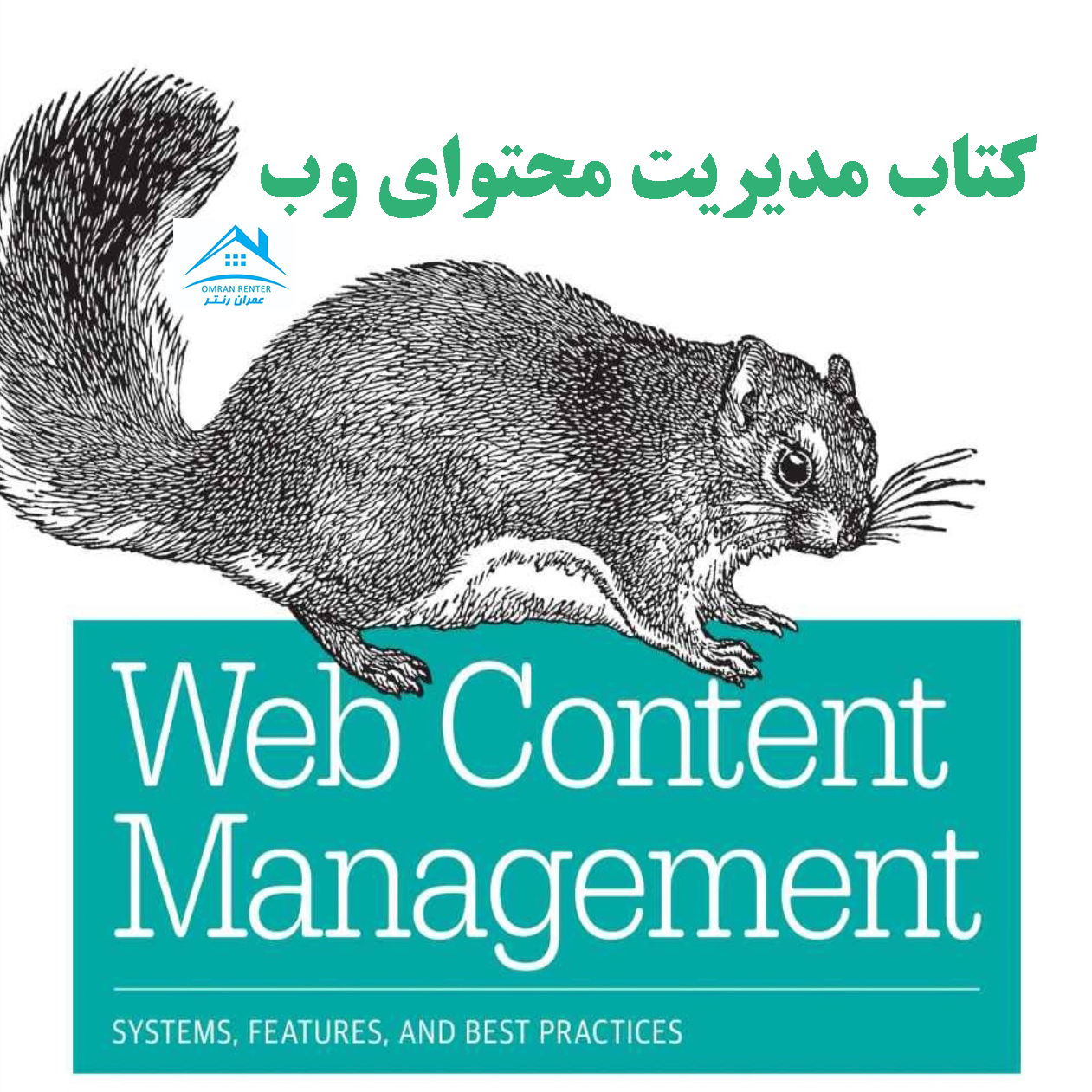توضیحات
کتاب مدیریت محتوای وب
Web Content Management
Systems, Features, and Best Practices
We tend to look at content management as a digital concept, but it’s been around for as long as content. For as long as humans have been creating content, we’ve been searching
for solutions to manage it. The Library of Alexandria (300 BC to about AD 273) was an early attempt at managing content. It preserved content in the form of papyrus scrolls and codices, and presumably controlled access to them. Librarians were the first content managers. Fast-forward a couple of thousand years, and the Industrial Revolution and the rise of
technology increased the accumulation of information exponentially. The problem of managing it became more critical. The early 20th century was full of great thinkers who
examined the problem of communicating and managing information: S.R. Raganathan, Vannevar Bush,1 Paul Otlet, Claude Shannon, and even Melvil Dewey, the father of the
venerable Dewey Decimal System. So, the need for content management didn’t begin with the World Wide Web, but simply shifted into fast-forward when the Web was born in the early ’90s. At that moment, the ability to create and publish content tumbled down from its ivory tower and into the hands of the masses. Almost anyone could create a web page about virtually anything. Content subsequently exploded. I was a college student at the time, and was slightly obsessed with James Bond. Suddenly, I could find reams and reams of information on 007.
The sheer amount of trivia was staggering. Of course, I attempted to print most of it, because if it wasn’t on paper, how would I manage it? It wasn’t long before I was coediting a popular James Bond website — Mr. Kiss Kiss Bang Bang.2 I learned that keeping track of content was a challenge. An article only existed as an HTML file in the web server’s root directory at any given time. I wasn’t an IT professional back then, so the only backup outside that file was the one on my local computer. There was no versioning or access control — one fat-finger mistake and the entire thing could be gone. This struck me as dangerous. Even then, I knew that a website is essentially a contentbased business, and with nothing more than a bunch of files lying around, I was effectively performing without a net. Content was our only business asset, and I remember thinking it was so brittle; one unforeseen problem and it could simply “blow away” like a dandelion in the wind. Additionally, each HTML file was a mass of mid-’90s-era markup, complete with nested TABLE and FONT tags all over the place. There was no way to separate what was content from what was presentation, and each redesign of the site (there were many) involved manually reworking these files. Server Side Includes had helped to a certain extent, but each file was still a massive glob of mixed content and formatting code. Some time later, I was working for The Microsoft Network as a forum manager for The
World of James Bond. We were still writing HTML files in text editors, but Microsoft had introduced its content managers to the wonders of Visual Source Safe, a now long-sincedeprecated source code management system. It provided backups, versioning, and file locking. This clearly made us safer from a risk management perspective, but there was a mental
shift too. We had a safety net now. The content we were creating had solidity to it. There was history and context. We were editing and grooming a continuing body of content,
rather than just changing it in place. Content didn’t exist only in simple files, but lived inside a larger system which provided a set of services to protect and safeguard it. We had
gone from hiding money inside our mattresses to depositing it at an FDIC-insured financial institution. Finally, at some crude level, my content was managed. It was still all mixed up with its presentation, and probably had a host of other problems, but I was at least a couple of steps safer than I had been before. Without me realizing it, Visual Source Safe effectively
became my first content management system. A lot has changed since then, but let’s start at the beginning. Along the way, we’ll
hopefully answer all of the following questions:
?What is content
?What is content management
?What is a content management system
?What are the different types of content management systems
?What does a content management system do
?What doesn’t a content management system do







نقد و بررسیها
هیچ دیدگاهی برای این محصول نوشته نشده است.